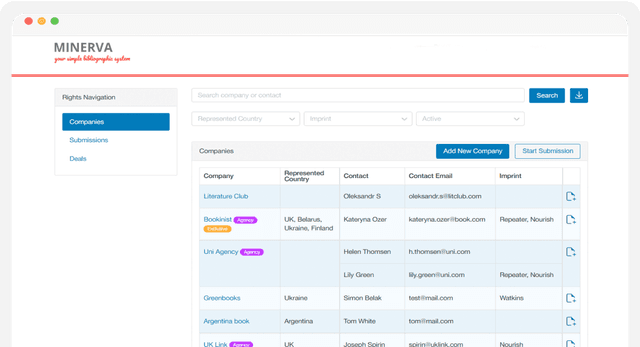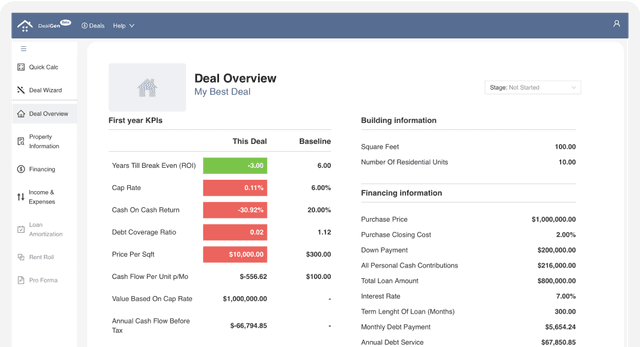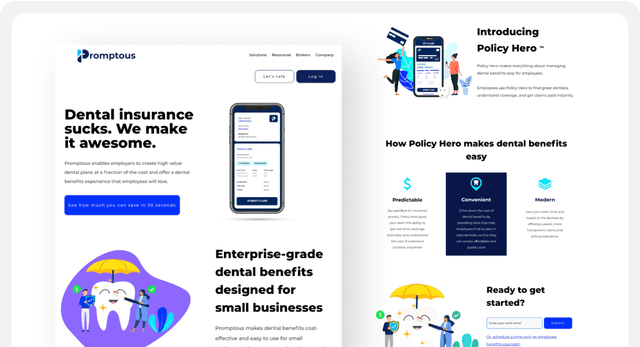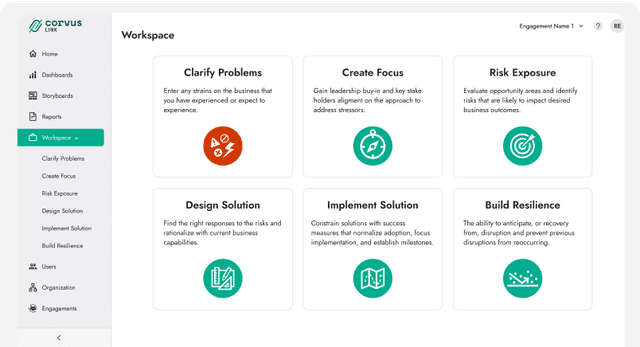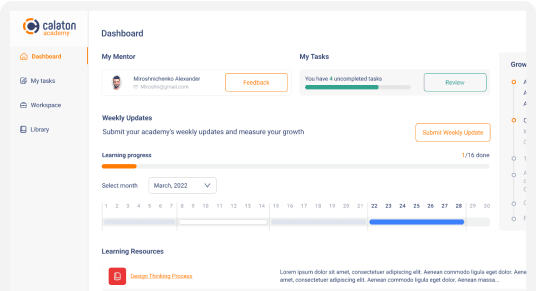Web Application Development
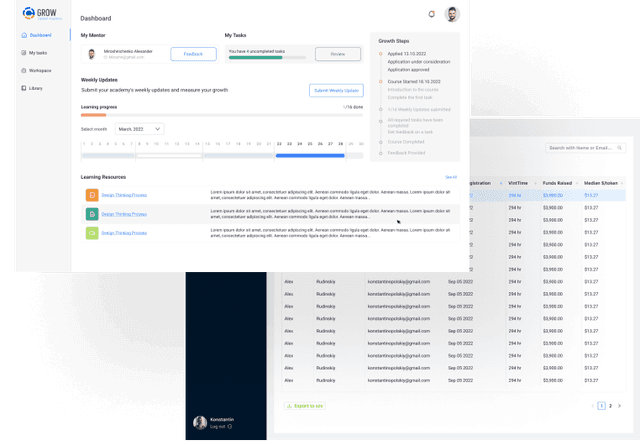
Web-based management systems are our expertise, and we love working with companies to solve their business challenges in innovative ways. Having been trusted to develop dozens of web applications for businesses and startups across every industry, we know what it takes to get the job done right. Our technology solutions have helped companies automate and optimize their business processes, manage and transform data, monitor and manage resources, generate reports, and integrate with existing systems and external APIs.
Examples of web applications we’ve developed for clients include Customer Relationship Management Systems (CRM), Content Management Systems CMS), Records Management Systems (RMS), and other digital products that enable your business to function faster and more reliably. Tell us your challenges, and we’ll identify the best tools and resources to build a solution tailored to your needs.

Powered By
How We Develop Web Applications
We are an efficiency-driven agency that prioritizes client satisfaction. We base our development processes on methods proven to be reliable and resource-efficient, ensuring we can provide high-value ROI on every project. Working alongside you and your team, we’ll deliver scalable, high-quality web applications on time and on budget.
When building web applications we follow the standard process that consists of the following phases:
1. Planning and Requirements Gathering
This phase involves identifying the business requirements, defining the scope of the project, and creating a plan that outlines the goals and objectives of the web application.
2. Design and Prototyping
In this phase, the designers and stakeholders work together to create a wireframe or prototype of the web application. This is an essential step to ensure that the web application is designed to meet the business requirements and user needs.
3. Development
This phase involves the actual coding and development of the web application, including the implementation of the backend, frontend, and database.
4. Testing
The web application must be tested thoroughly to ensure that it meets the quality standards and business requirements. This phase involves testing the functionality, performance, security, and user experience of the web application.
5. Deployment and Launch
Once the web application has been tested and approved, it can be deployed to the production environment and launched to the public.
6. Maintenance and Support
After the launch, the web application needs ongoing maintenance and support to ensure that it remains up-to-date, secure, and functional. This phase involves monitoring the web application, fixing bugs, and updating it as needed.
